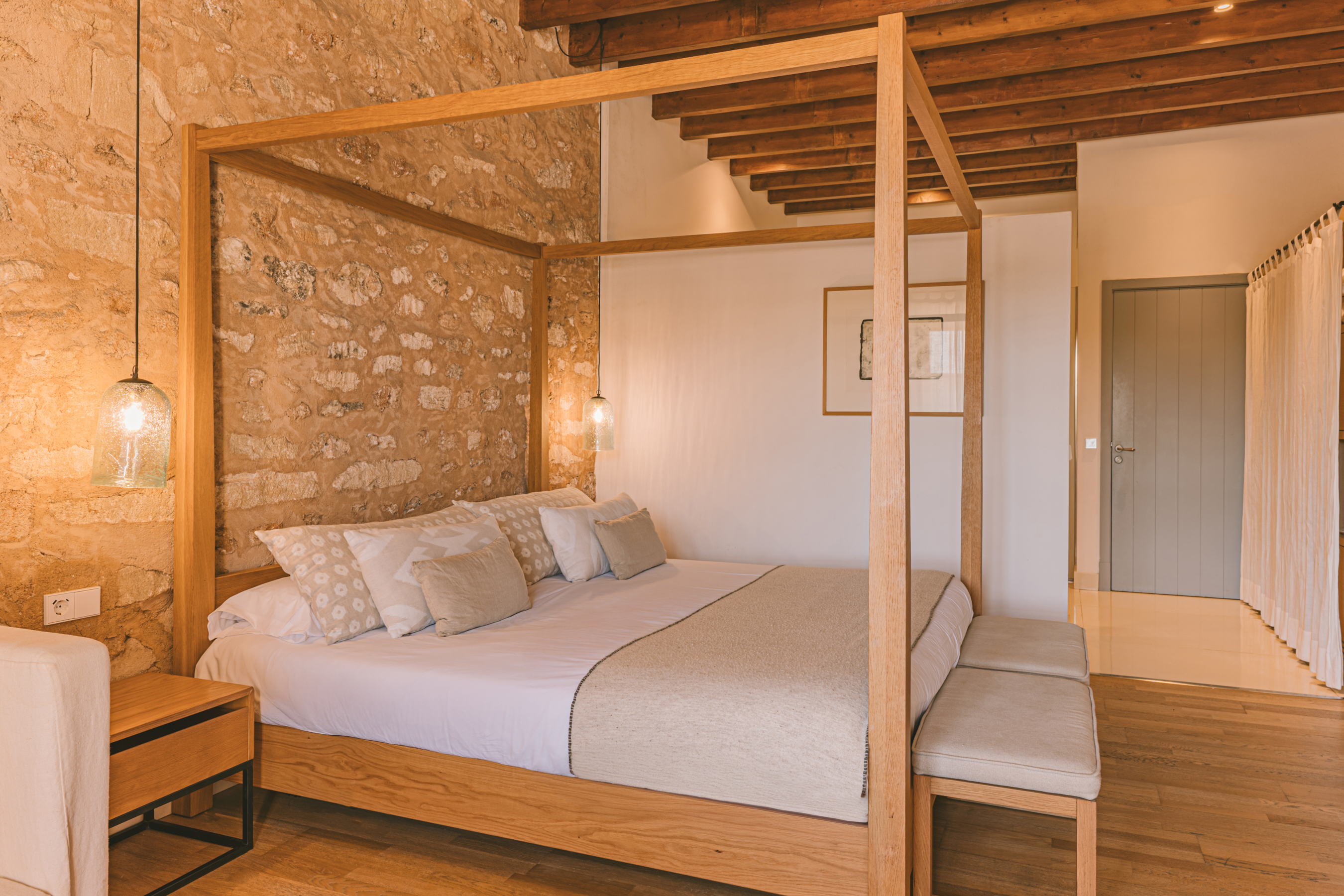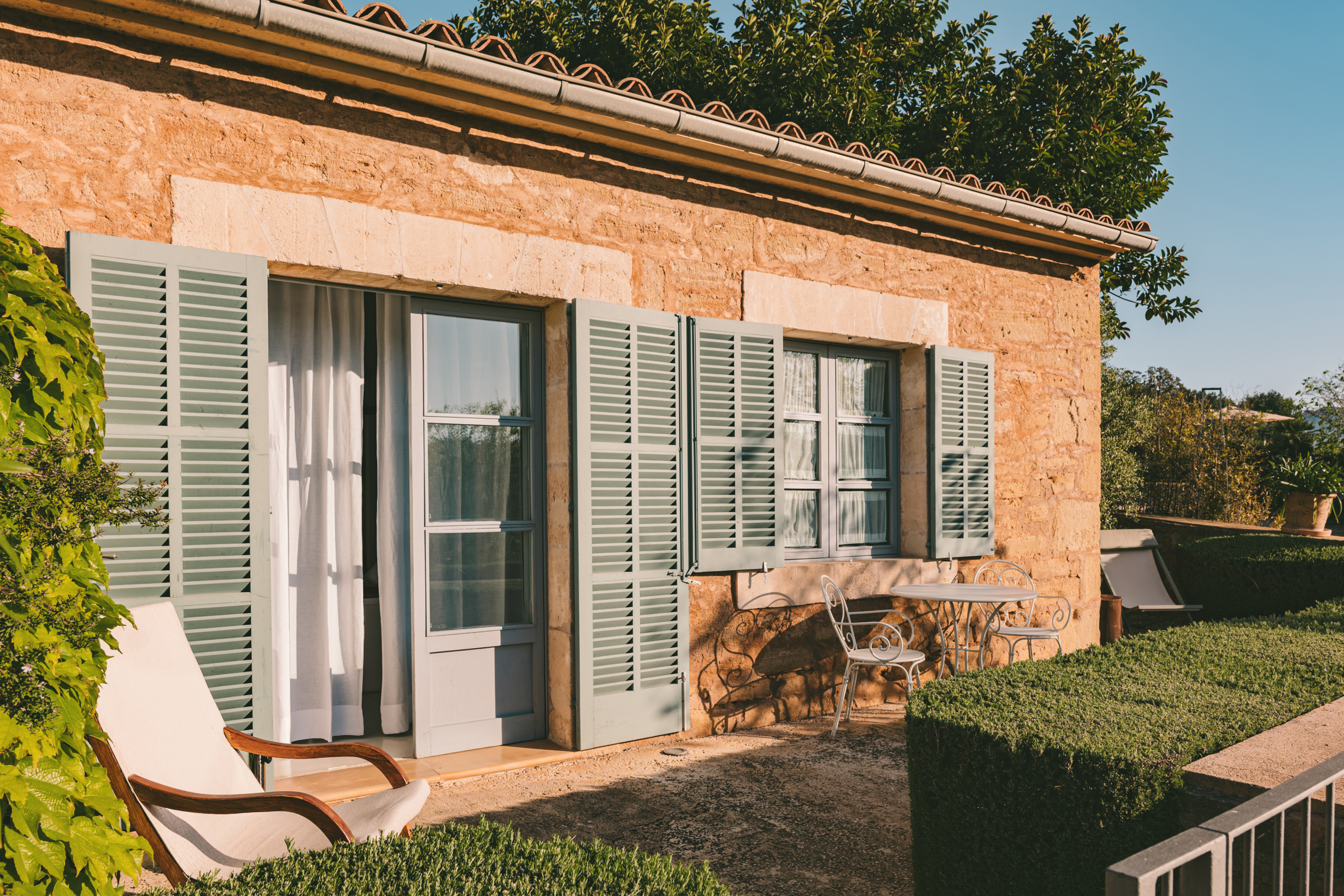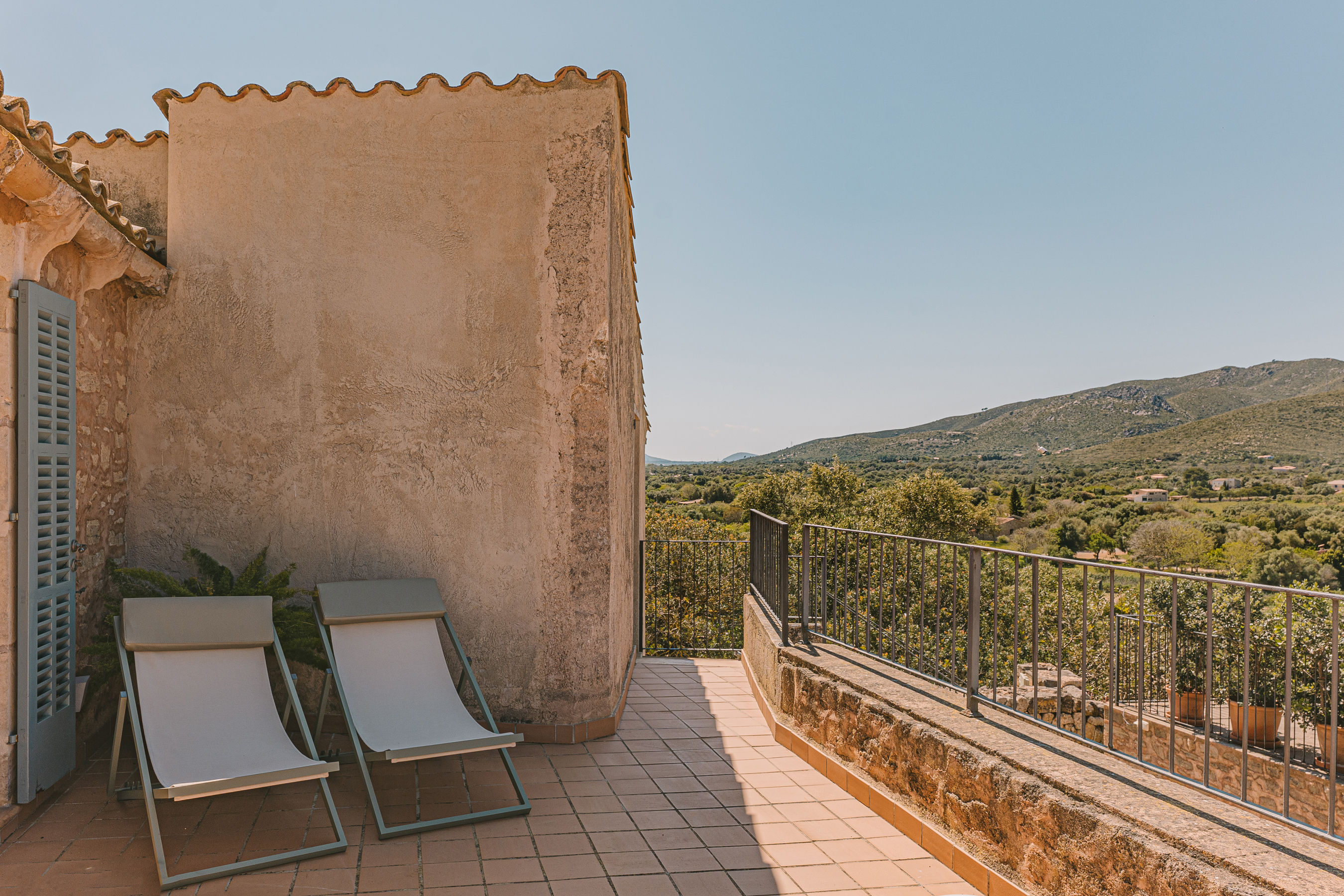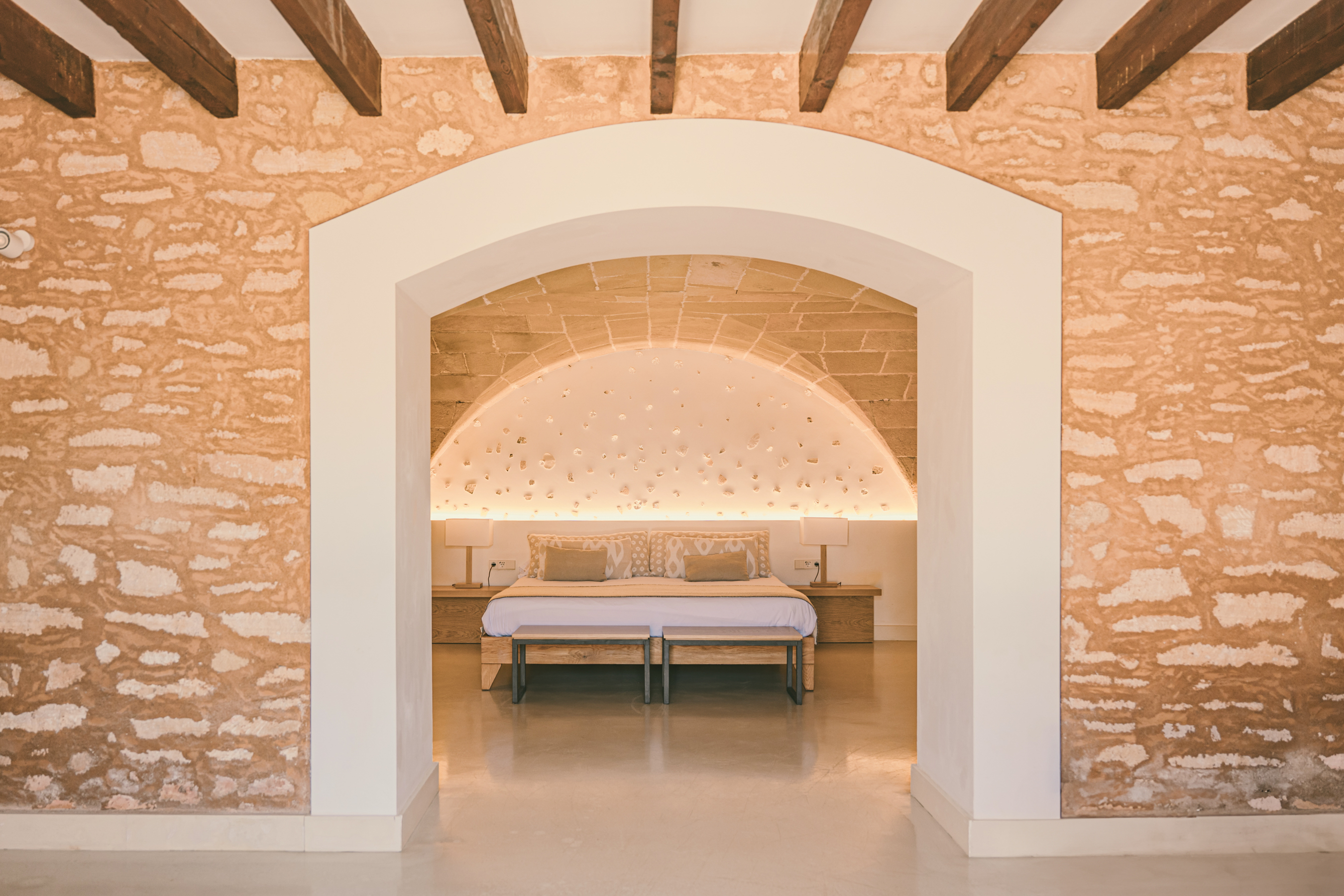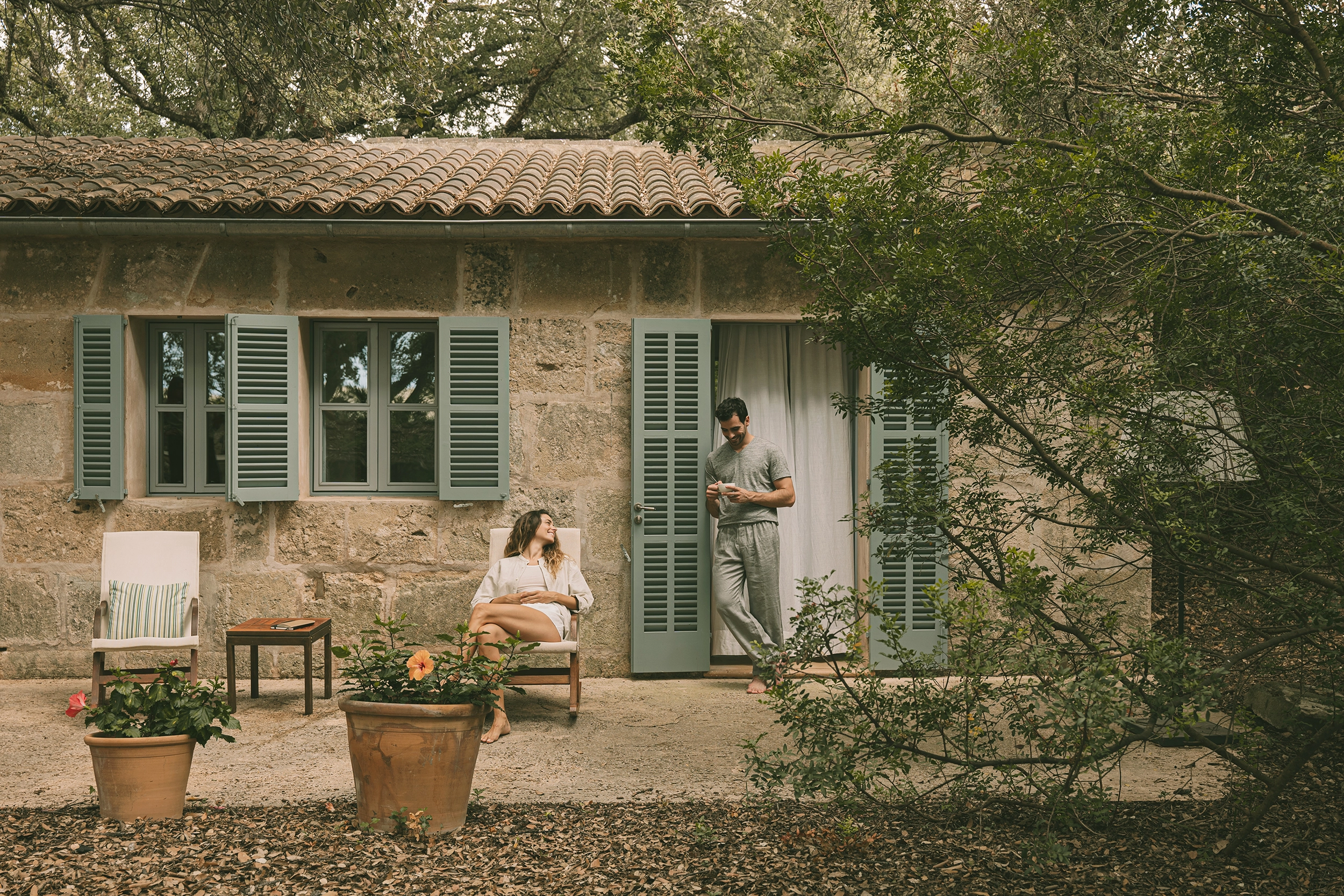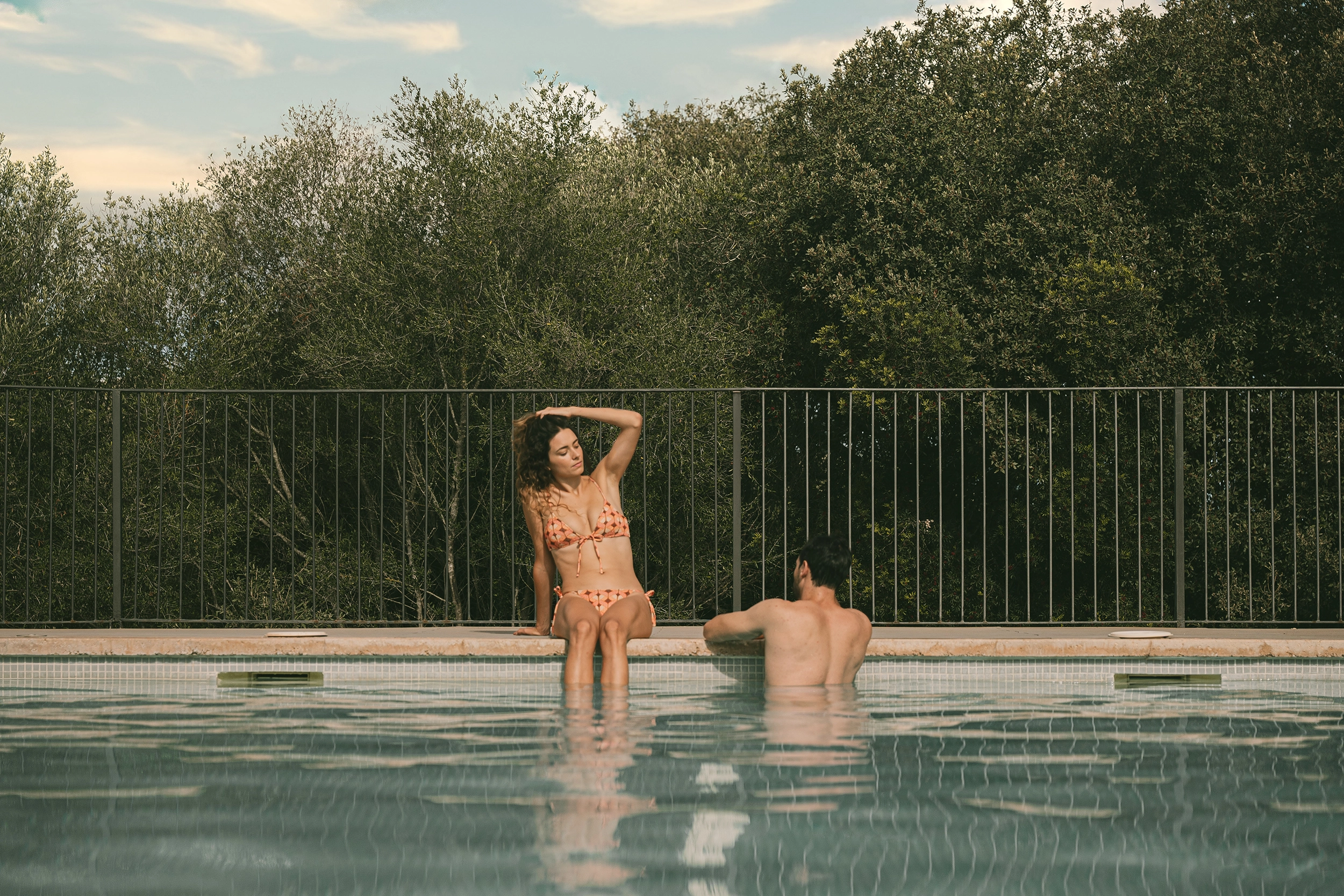10/16/25
Talayots and tradition: discover the Talayotic legacy of Capdepera
Before Majorca was a map of roads and postcards, its landscape was already inhabited by stone towers that watched over the horizon. These constructions, erected by a civilisation of which only echoes remain, form a fundamental chapter in the history of the Mediterranean.
The talayots of Majorca are the physical proof of an island society that knew how to adapt and prosper. To understand this legacy, there are places that act as a gateway to this remote past. Capdepera is one of them, a municipality where the stones still narrate the beginning of Majorcan history, offering a different perspective on the character and origin of the island.
In this article, we invite you to discover the historical background, the uniqueness of the talayots of Majorca, and the way in which Capdepera has preserved and adopted them into its local identity. If you want to truly understand the significance of these structures and their role in Majorcan culture, keep reading and join us on this journey through the island's most ancient footprints.
The origin of the talayots: a look into the past
The constructions that define the island's prehistoric landscape emerged during a time of change in the Mediterranean, around the first millennium before our era. The creators of these towers and walled settlements, known as the Talayotic culture, left no written records, so their history is reconstructed through archaeology and the study of their imposing structures. They were organised societies with a deep knowledge of their environment, capable of moving tonnes of stone to build structures that have lasted for millennia.
Although their development had its own characteristics, they were not isolated; they maintained commercial and cultural contacts with other Mediterranean peoples, such as the Phoenicians and Punics, exchanging not only goods but also ideas and technologies that influenced their evolution.
The function of the talayot of Majorca is still a subject of debate among historians. Some were watchtowers, defensive enclaves from which to control the territory and the coast. Others seem to have had a social or ceremonial purpose, serving as a meeting point for the community or as a place for rituals. This multifunctionality suggests a complex society where defence, social cohesion, and spirituality were intrinsically linked.
The talayots of Majorca, therefore, represent a unique insular phenomenon, an architectural and social response to the living conditions of the Iron Age in this corner of the Mediterranean, laying the foundations of an identity that still resonates on the island today.
Capdepera: a unique Talayotic enclave
While Talayotic remains are scattered throughout Majorca, Capdepera stands out for offering a concentration and variety of sites that make it a privileged observatory for understanding the complexity of this ancestral culture. In this eastern part of the island, the irregular terrain, gentle hills, and valleys that descend to the sea served as a framework for the talayots to be strategically integrated into the landscape, forming part of a defensive, social, and symbolic network.
One of the most outstanding examples is the settlement of s’Heretat, also known as Claper des Gegant. Its size is remarkable, housing one of the most monumental talayots on the island, a testament to the organisational capacity of its builders. The robustness of its walls, the colossal height of its central structure, and the diversity of residential remains suggest the existence of a complex community, settled for centuries at this key point in the territory. The chosen location is not accidental: it offers a privileged view of both the interior and the coast, suggesting a system of control and surveillance that structured the territory from prehistoric times.
Not far from there stands the settlement of Son Favar, another enclave that illustrates the versatility of Majorca's talayots. In this settlement, the central monument is integrated into a pattern of collective housing, surrounded by more modest structures that speak of the daily life of its inhabitants and an organisation based on collaboration and shared resource management. The materials used, the layout of the entrances, and the orientation of the talayots indicate a deep knowledge of the terrain and defensive needs, but also of the control of water sources and communication routes.
In addition to these sites, the municipality preserves other lesser-known elements, such as the remains of ses Racines or sa Torre Nova. These points, although less spectacular in volume, allow for the mapping of a network of settlements that communicated visually with each other. The presence of talayots in Capdepera is thus revealed as the result of a well-planned territorial strategy, where each construction fulfilled a function in the social and defensive machinery of the time.
Tradition and legacy: the impact today
Although the builders of the talayots disappeared millennia ago, their legacy endures. These prehistoric structures are not just an archaeological attraction; they are part of Majorca's cultural substrate. The awareness of having such an ancient and visible past in the landscape has shaped part of the local identity, generating a growing interest in rediscovering and protecting these roots. This heritage influences the narrative that the island tells about itself, a story that begins long before conquests and tourism.
This appreciation is manifested in various cultural and educational initiatives. In municipalities like Capdepera, open days are organised at the sites, conferences by historians and archaeologists are held, and educational workshops are run to bring residents and visitors closer to this period of history. Furthermore, the Talayotic legacy inspires local artists, from literature to the plastic arts, who reinterpret these cyclopean forms in their works, demonstrating that the past can be a source of contemporary creation.
The inclusion of Talayotic Majorca on the UNESCO World Heritage list has provided a fundamental boost for its conservation. This recognition underscores the collective responsibility to protect these fragile testimonies of the past for future generations. Preserving the talayots of Majorca is a commitment to the island's memory, an effort to ensure that the voices of its first inhabitants do not disappear.
Practical tips for exploring the talayots of Capdepera
For a rewarding visit to the Talayotic sites of Capdepera, a minimum of planning is necessary. Access to many of these enclaves is free and not subject to timetables, although the larger and better-preserved settlements, such as s'Heretat (Claper des Gegant), may have specific visiting hours, especially in high season.
Here are some recommendations for organising your route:
- Suitable footwear and clothing: The paths leading to the talayots are often rural tracks of earth and stone. Comfortable and sturdy footwear is essential. Depending on the time of year, don't forget to bring sun protection and sufficient water, as many sites are in exposed areas without shade.
- Local guides and organised tours: If you prefer a guided tour, there are local guides specialising in archaeology and heritage who offer tours. These visits provide valuable context and allow you to discover details that might otherwise go unnoticed. The local tourist offices can provide contact information for these professionals.
- Signposted routes: The municipality of Capdepera has hiking routes that connect several of the prehistoric points of interest. Following these itineraries is a good way to combine a cultural visit with the enjoyment of the landscape of eastern Majorca.
- Official resources: For more information, the website for the Talayotic Majorca UNESCO World Heritage bid is a reliable and comprehensive source. It offers interactive maps, descriptions of the main sites on the island, and details about their state of conservation and access.
A rest with history at Predi Son Jaumell
After a day exploring the vestiges of ancient civilisations and connecting with the island's most remote past, the body and mind appreciate a place for rest that has been thoughtfully designed. At our rural hotel Predi Son Jaumell, you will find an oasis of tranquillity, a perfect place to process the experiences lived among the talayots of Capdepera, located just a few minutes from our accommodation.
Our 24 suites, decorated in a Mediterranean style that combines elegance and comfort, are the ideal space for relaxation. You can immerse yourself in our swimming pools and relax on the Balinese beds, listening only to the sound of the surrounding nature. To recharge, our restaurant Bistro Senzill, run by chef Andreu Genestra, offers fresh and local cuisine, with many ingredients sourced from our own vegetable garden.
Experience the authentic Majorca, combining the cultural richness of its past with the comfort and serenity of a unique accommodation. We invite you to discover an experience where every detail is designed for your wellbeing. Book your stay with us and complete your journey to the origins of Majorca.

